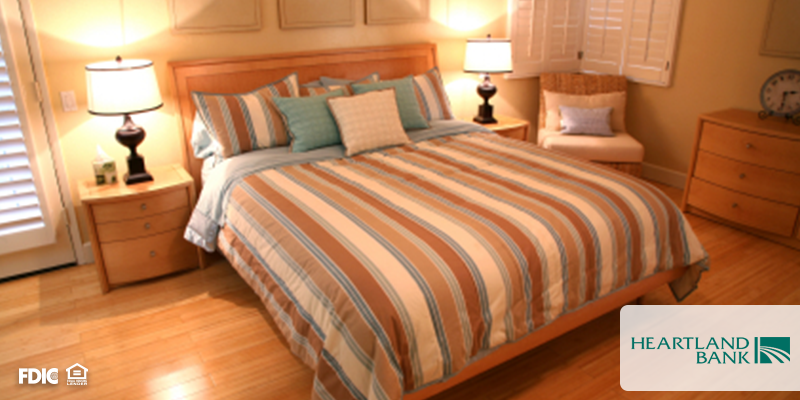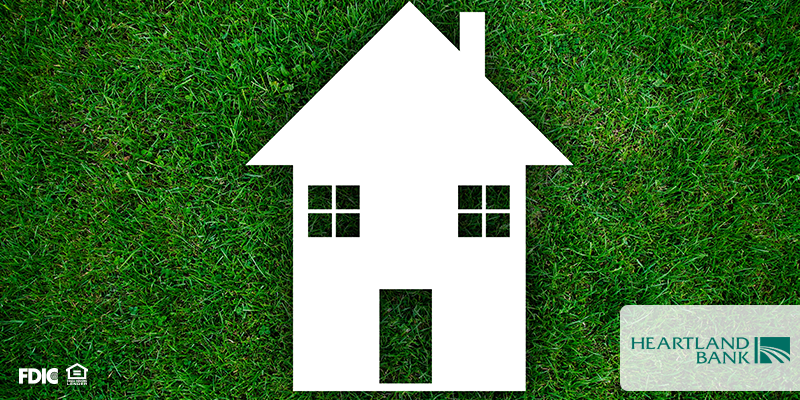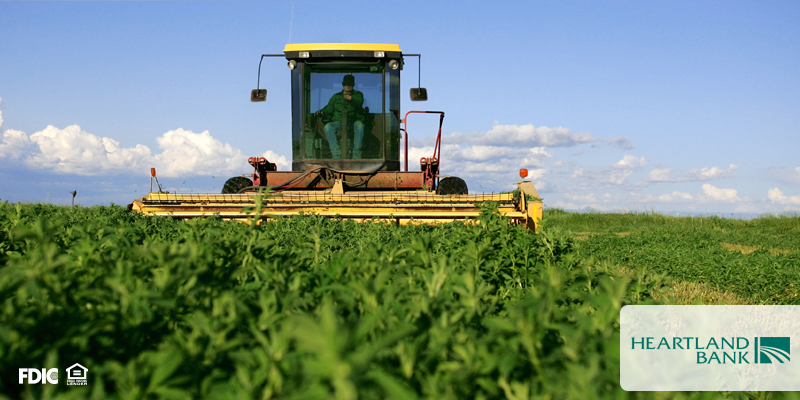
Jumping into the ring of home ownership is an exciting milestone! There are many ways owning a home can impact you and your family. How do you know when to rent and when to make the move to purchasing your home? Heartland Bank is here to help with our handy guide to the pros and cons of renting or owning a home.
Renting
Cons:
- No wealth creation. As your payments go directly to your landlord and not the specific property, you are unable to build equity and reap the return on investments from the home’s growing value.
- No tax benefits. While homeowners can deduct property taxes and mortgage interest payments from their federal income tax, renters can’t claim deductions for housing costs.
- Dependent on the landlord. For everything ranging from utilities, to paint, to the rent dollars themselves, your landlord makes the majority of the decisions when it comes to renting a home. Depending on your lease, your landlord can increase the rent increase each year, or month!
Pros:
- Accommodates flexible lifestyles. If you travel frequently for work, leisure, or medical care, you may not have the time or availability to take care of a home. Renting allows an affordable accommodation without any hassle of renovations or repairs.
- Freedom in allocating finances. For renters, expenses such as mortgage insurance, real estate taxes, and home maintenance costs, can instead be funneled into savings, stocks or discretionary funds after the monthly rent and utilities are paid.
- Reduced insurance costs. Apart from renters insurance that covers the interior of a home, costly homeowners insurance and unexpected repairs belongs to the landlord, not the tenant.
Buying
Cons:
- Unexpected costs. Leaky roofs, backed-up pipes, and cracking foundations create thousands of dollars worth of unplanned repairs that stretch your budget to accommodate.
- You’re locked in. Once you sign on the dotted line the house is yours, and so are the payments.
- Fluctuating home value. Despite your best efforts, your home can become less marketable based on circumstances out of your control. A declining neighborhood, housing surplus, or unstable market can decrease the value of your home despite well done renovations.
Pros:
- Fixed monthly payments. Homeowners with fixed-rate mortgages can trust that their mortgage payment will stay consistent each month, enabling the creation of a stable monthly budget.
- Financial gains. From tax credits to equity building, home ownership offers buyers a number of monetary perks and freedoms they wouldn’t receive as tenants.
- Freedom in expression. A kitchen remodel, a four-season porch addition, and other decorative transformations are all up to a homeowner’s discretion with no strings attached to a lease agreement.
Still on the fence? Our experts at Heartland Bank can sit down with you to help make a guided decision that suits both your lifestyle and your financials. Call and set up an appointment with us today!



